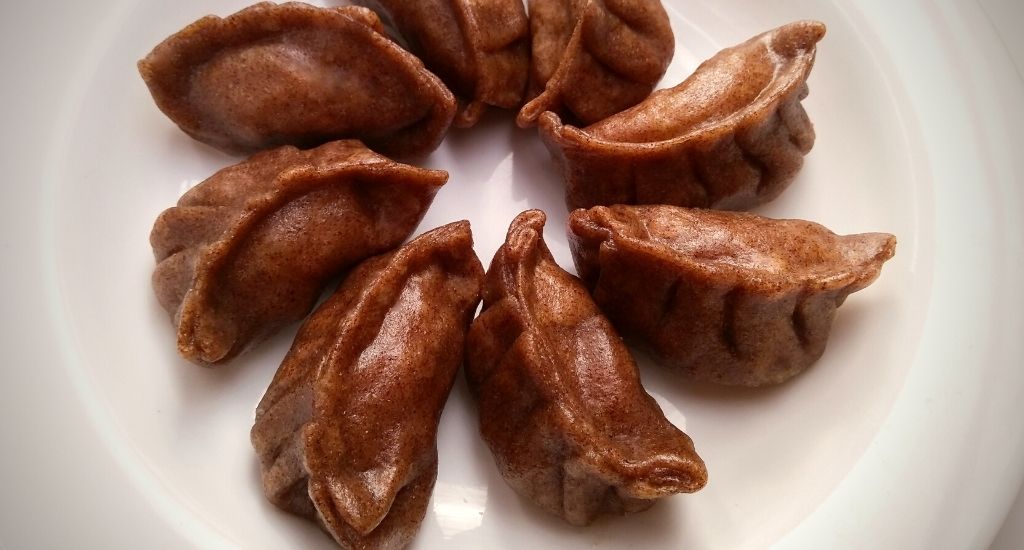
Uttarakhand’s juiciest millet momos are calling you
A quaint little restaurant in Uttarakhand’s Tehri Garhwal is creating quite a bit of stir with dishes exclusively made of nutritious millets.

A quaint little restaurant in Uttarakhand’s Tehri Garhwal is creating quite a bit of stir with dishes exclusively made of nutritious millets.
Would you try a samosa or momo made of healthy and nutritious millets, or for that matter a sweet bowl of Kheer made with Jhangora (Barnyard millet)?
Well, that’s what Aranya Ranjan, along with his wife Kavita and sister Samira, offer at their small and quaint ‘pahadi’ restaurant called Samoon in Khadi village of Tehri Garhwal district in Uttarakhand.
Set up with the noble aims of popularising local cuisine and food grains and to help farmers growing them, the idea for Samoon – the name in Garhwali language means Souvenir – had its roots in Vijay Jardhari Beej Bachao Andolan (Save the Seeds Movement) of the 1980s.
The movement intended to conserve indigenous seeds, grains and introduce traditional and sustainable agriculture practices, and caught the imagination of many in the Uttarakhand hills.
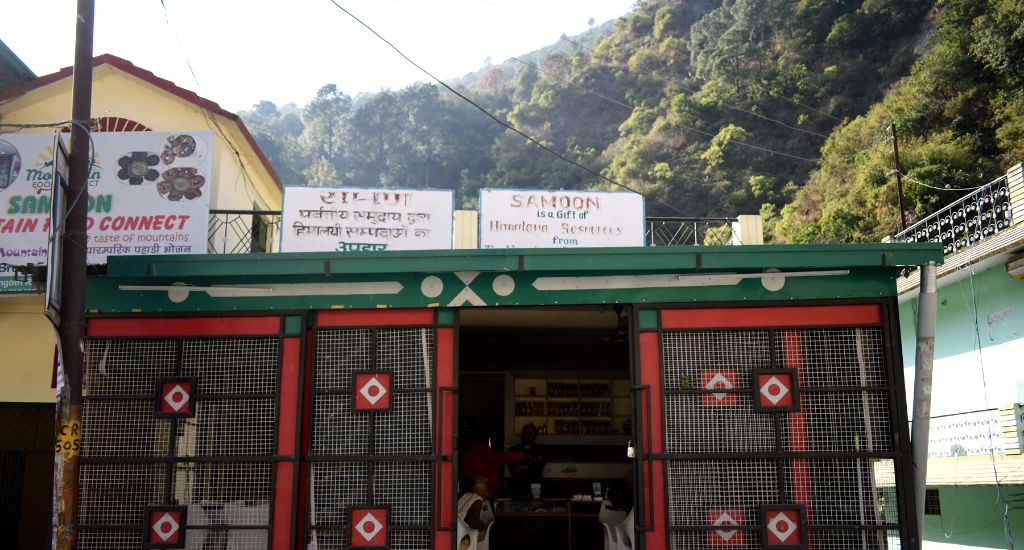
Aranya was influenced by it as well.
“My father was part of the movement. So, naturally, I wanted to continue working towards strengthening his legacy,” he said.
True to its name, Samoon or Souvenir, located by the side of National Highway 34 is fast emerging as a must-stop for tourists to the area in particular. Having tasted the food, they cherish the experience.
Also Read | A café in Dantewada resuscitates life in a conflict zone
“Our thalis have chapati, varieties of sabzi, dal, chutney and our very special jhangora kheer,” Aranya pointed out.
Meals are reasonably priced, ranging from rupees 100 to rupees 160. And it is not uncommon to find well-heeled tourists sharing a table here with poor farmers and daily wage earners in soiled clothes.
There is, after all, a special discount at Samoon for daily wage earners.
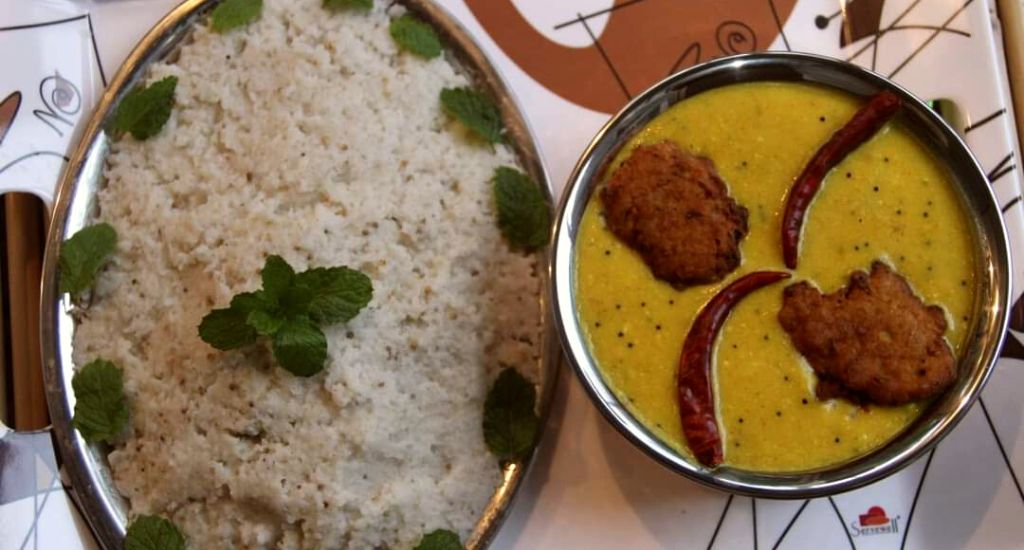
With Samoon’s millets sourced locally, it is expected that farmers in the vicinity who grow some 12 crops a year would be benefited.
Once a mainstay of Indian kitchens, millets are considered highly nutritious – more than rice and wheat. They are making a comeback across the world and 2023, incidentally, is being observed as the International Year of Millets.
For the record, millets are a group of small grains – technically seeds – that are grown on lands with poor soil quality or limited access to irrigation.
They are versatile ingredients used both in their original grain form in porridges and as a substitute for rice or flour. India is considered the largest grower and exporter of millets.
Also Read | Photo essay: When millets go mainstream to bring a revolution
However, they were considered the food of poor villagers and looked down upon earlier.
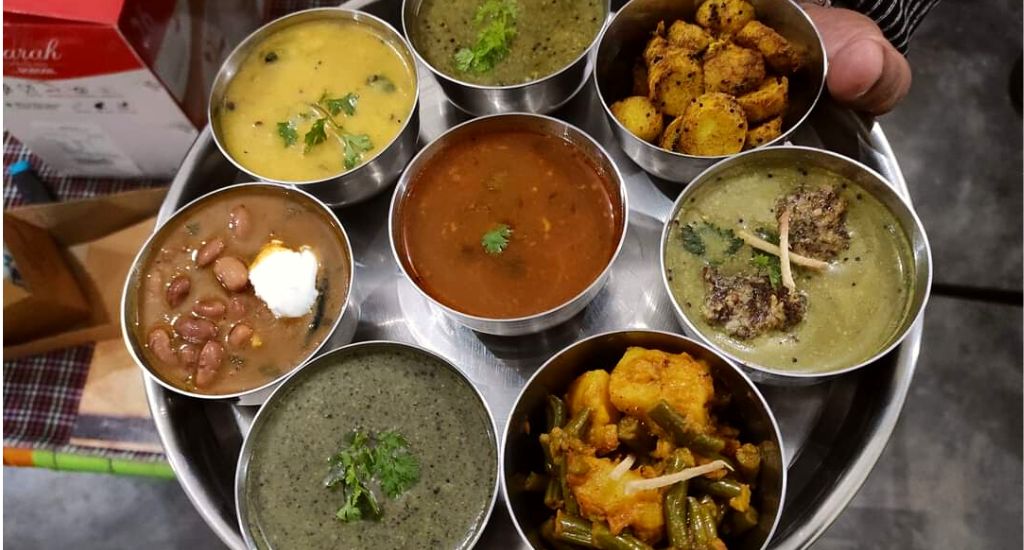
India’s Green Revolution also supposedly contributed to millets going out of fashion since much of the focus remained on pushing hybrid, high-yield varieties of wheat and rice to increase food production for both domestic consumption and export.
That millets have bounced back is because of the persistent efforts by many, including Vijay Jardhari, the leader of the seeds’ movement. “For us, it was not just affordable, but also nutritious”.
Growing up in the hills, Aranya was quick to understand the positive qualities of millets, and soon, millets became his mission. First, he started by collecting millets from farmers so that he could sell them in bigger markets and get them a better price.
Then in 2019, he set up his restaurant with an investment of a few lakhs. Among everything else, he was looking to provide and develop a healthy and sustainable way of eating and consumption patterns.
Also Read | How millet magic is empowering women in rural Odisha
Since then, Samoon has cooked up quite a stir.
“It is simply great. The food is healthy and tasty. The price is cheap. That’s why people like me come and dine here,” gushed Fooldas Dhaliya, an elderly local resident.
It is not that Samoon is the only food outlet serving ‘pahadi’ cuisine.
There are a couple of them in Dehradun and other parts of Uttarakhand that specialise in cuisine from the hills. But most of them cater to high-income groups while Samoon’s clientele cuts across income groups.
The restaurant rustling up millet-dishes has somewhat become a melting pot.
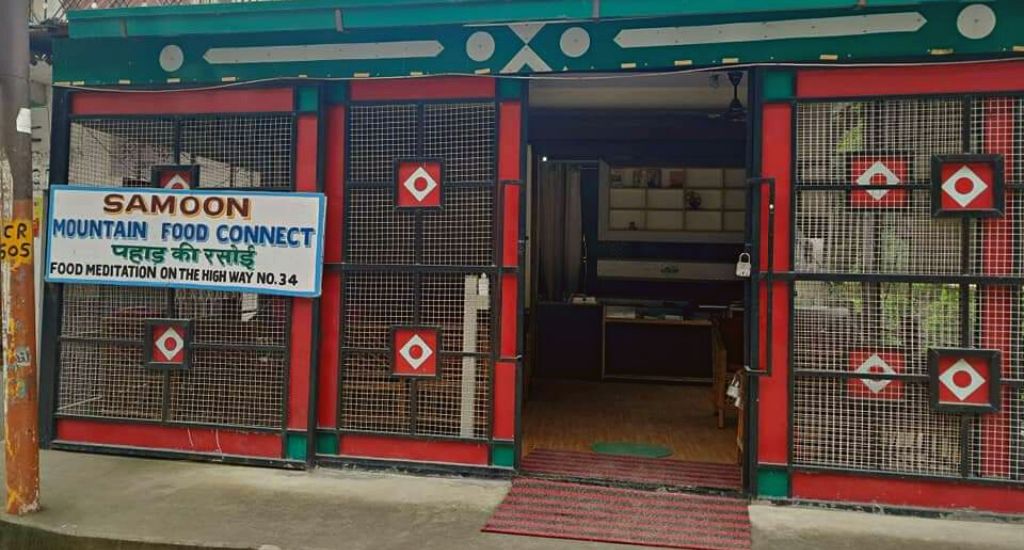
For 13-year-old Anisha Rajput, Samoon is her favourite hangout.
“Whenever I feel like eating out, I come here because the food here is tasty, but not oily,” Anisha explained.
Also Read | To buy supplies, millet is money in Koraput’s barter system in Odisha
Samoon also holds another attraction for youngsters like her. To wean away teenagers from eating fast food such as two-minute noodles, the restaurant is now serving samosas and momos made of healthy millets.
Tasty as they are, Anisha and her friends are not complaining.
The lead image at the top shows healthy, brown ragi momos (dumplings) on a white plate (Photo by Clovera, Shutterstock)
Jyoti Thakur is an independent journalist based out of Delhi. She covers gender, environment, politics and social justice. She is a Rural Media Fellow 2022 at Youth Hub, Village Square.